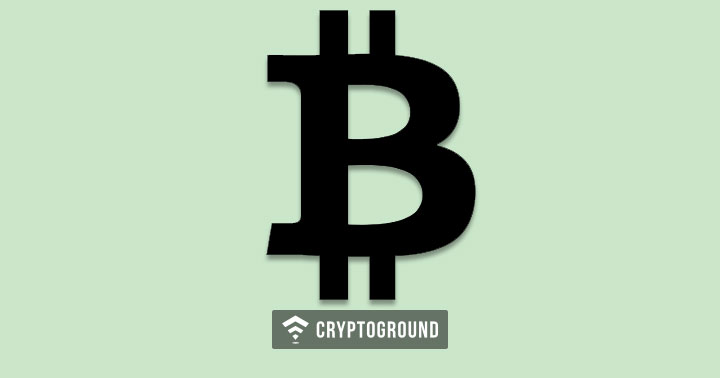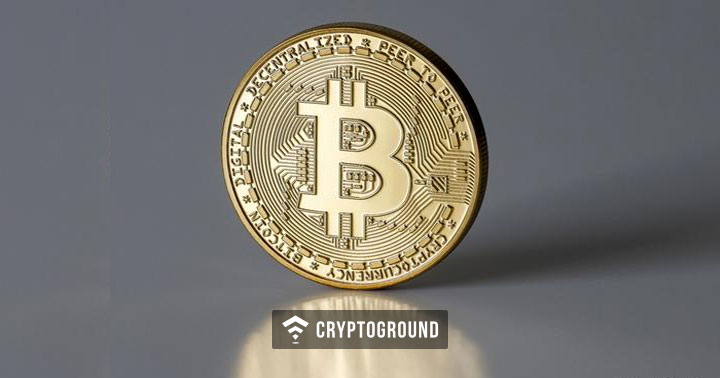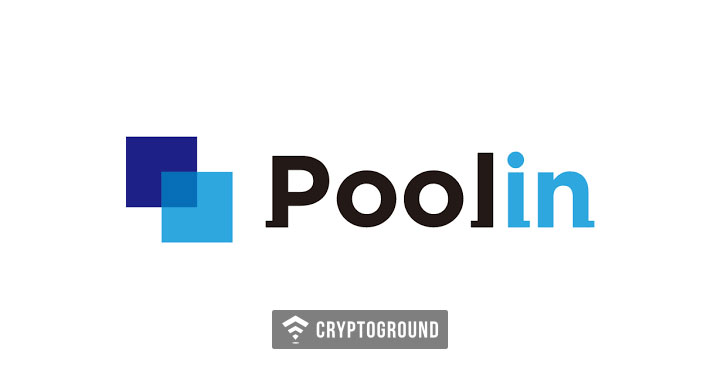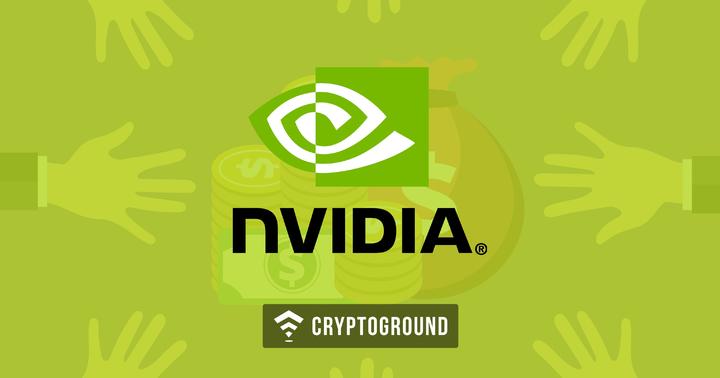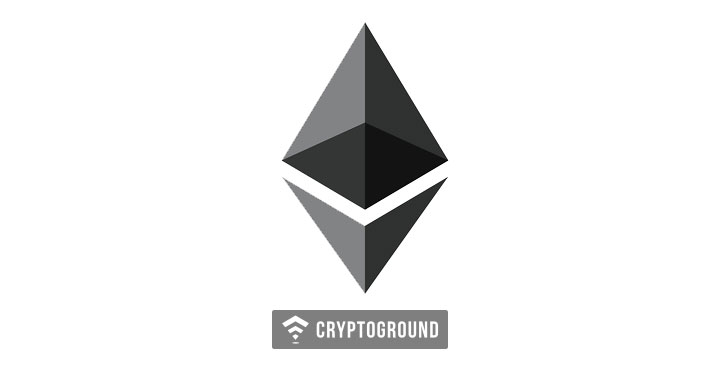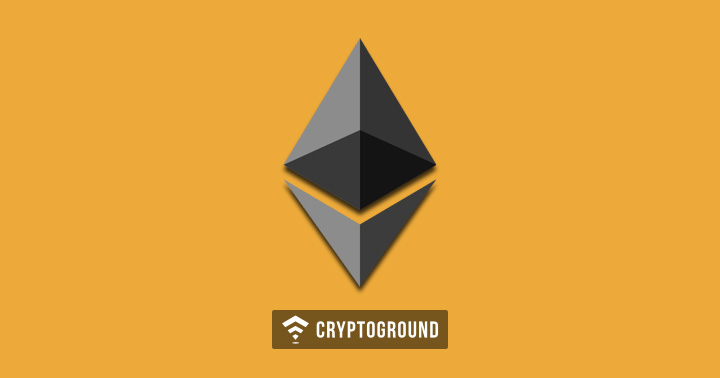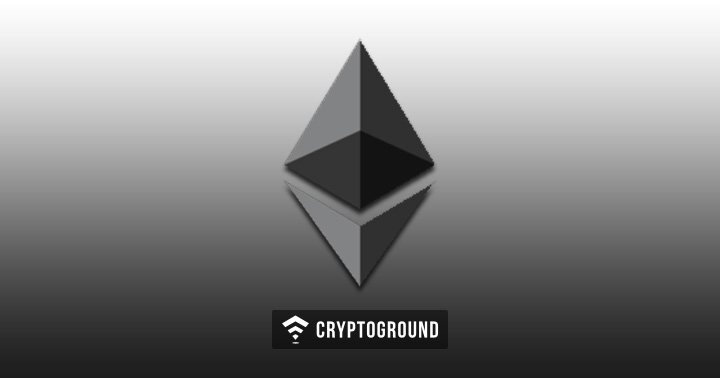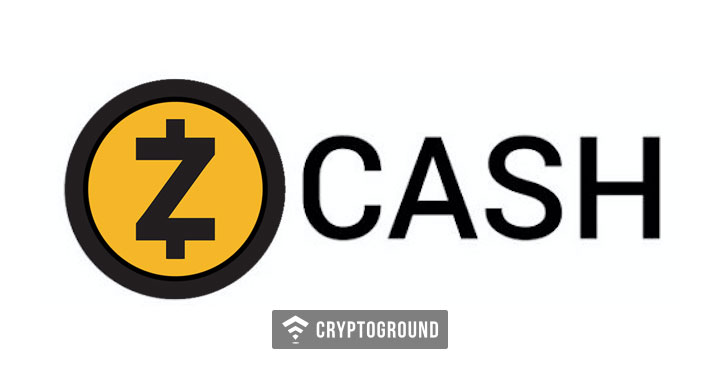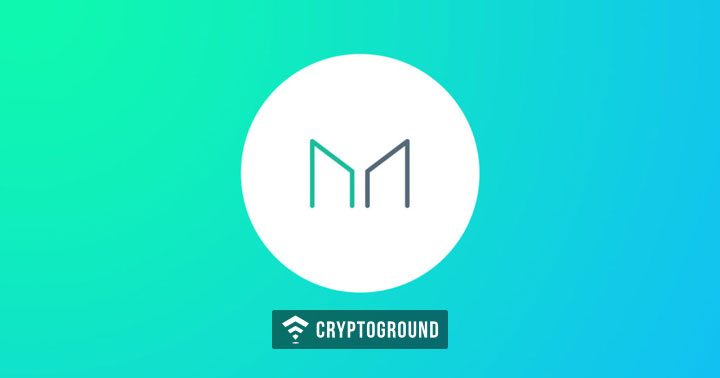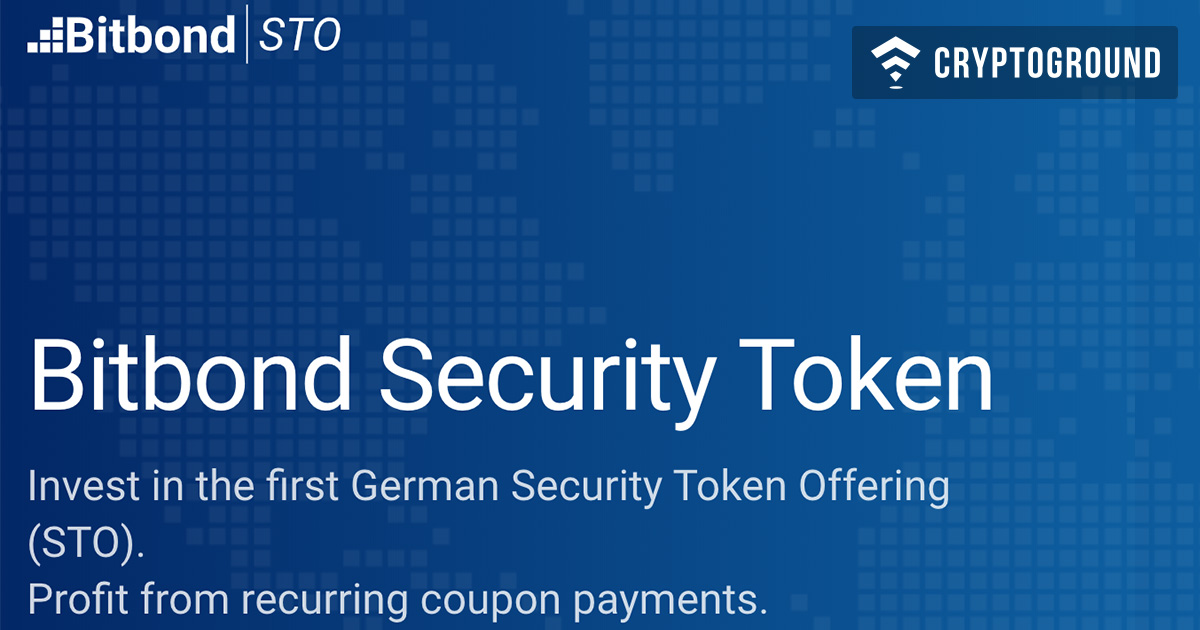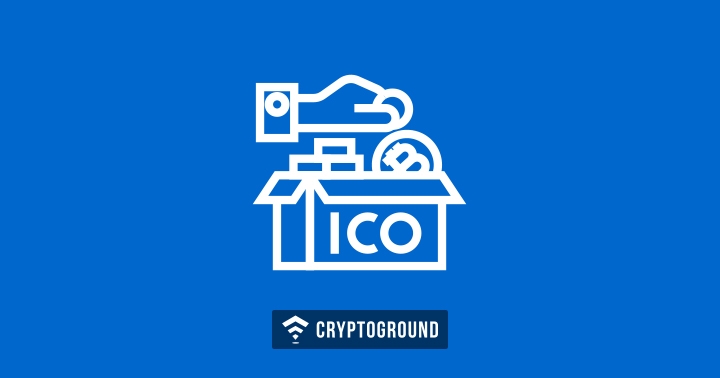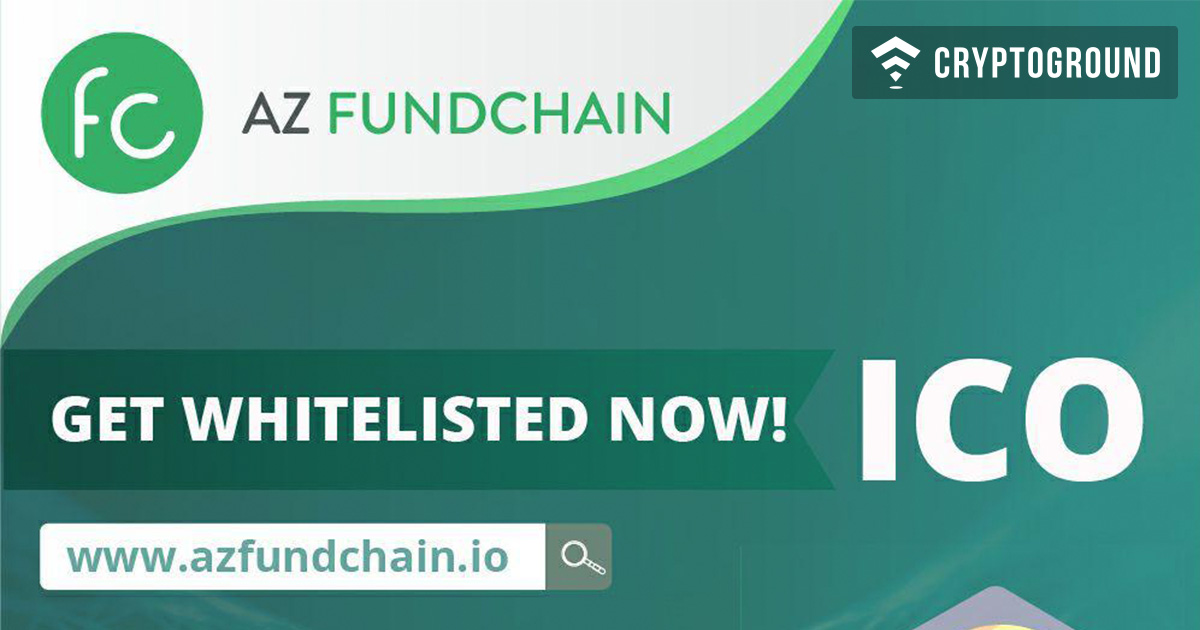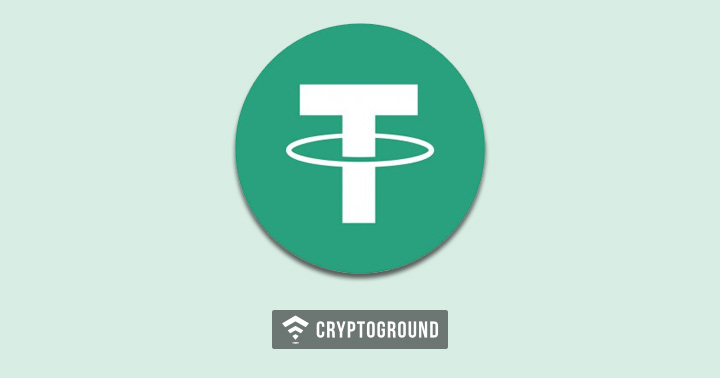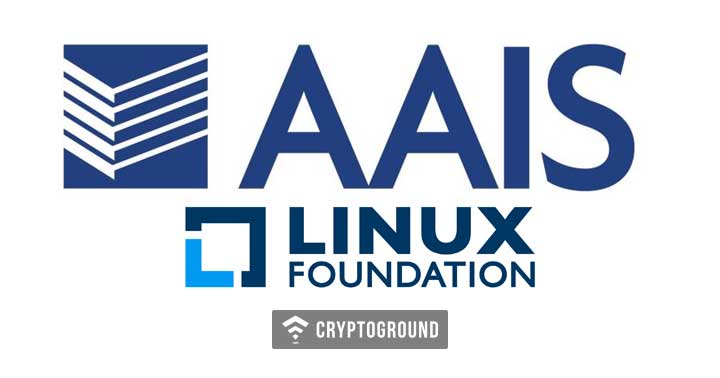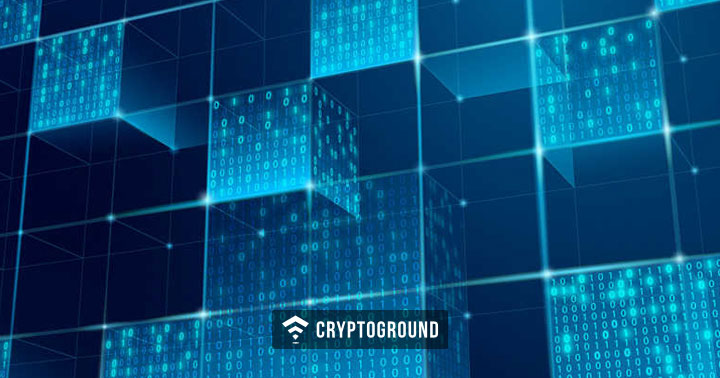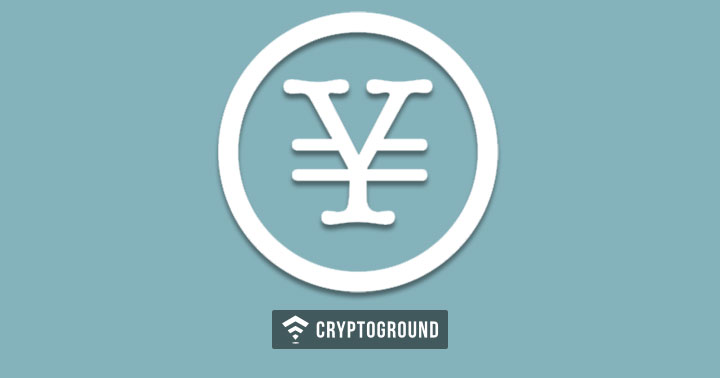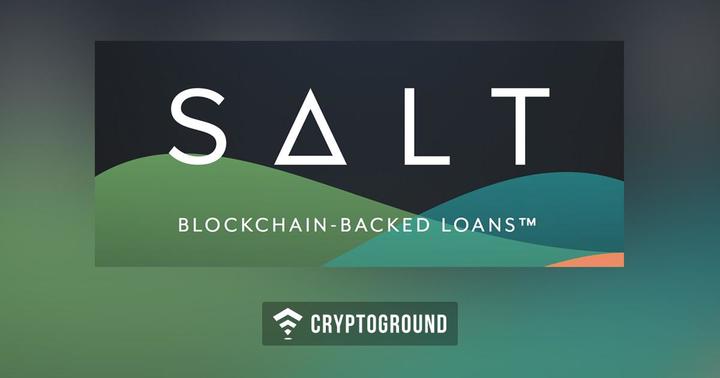If someone would have invested in Bitcoin in 2016 he would have still made over 700 % returns in 2017. Although with every rise the crypto investor tends to cash out which could be to meet his lifestyle expenses, ultimately shedding tears on the profit that he could have made if he would have stayed “invested” in the cryptocurrencies. Sounds like a problem?
Introducing SALT- A lending platform that allows investors or holders of blockchain assets to leverage their holdings as collateral and take cash loans against it. SALT is the first asset-backed lending platform to give blockchain asset/cryptocurrency holders access to liquidity without them having to sell their assets/tokens. In other words, SALT is traditional lending secured by non-traditional collateral. SALT is an Ethereum token used to gain membership to the SALT Lending Platform.
As users are putting their assets up as collateral, there are no credit checks necessary. Anyone owning digital assets can have access to cash through SALT, on condition that they have SALT tokens to gain membership to the service. Meanwhile, the risk that lenders are bare is reduced because of this collateral. If the borrower fails to make payments, or they try to run away with the cash, the lender can liquidate the holdings to get their money back.
The company has given the name “SALT” to its programmed loan smart contracts as an acronym for Secured Automated Lending Technology (SALT). The company also chose the name “SALT” because it takes back to the time in history when table salt gained use as a store of value, becoming one of humanity's first monies.”
Following is the process in which SALT works
- Lenders on the platform post terms they’d be willing to lend at. Members looking to borrow can select which loan’s terms best suits them
- Borrower sends blockchain assets to SALT’s secure, multi-signatory collateral wallet, where they’re stored for the duration of the loan. The Lender transfers funds to the borrower’s bank account. Right now, borrowers can use their Bitcoin, Ethereum, and Ripple holdings as collateral, and can receive cash in a range of fiat currencies including US Dollars, Euros, and Pounds. It seems likely that SALT will be expanding this offering in the future.
- Borrowers make a series of monthly payments to repay the loan. Once the loan is repaid in full, their assets are returned to them.
- The wallet used by SALT is designed to be capable of holding any blockchain assets.
- Four individuals will hold private keys for this wallet: the borrower, the lender, a third party custodian, and the SALT Oracle. For funds to be moved out of the wallet, at least three of these parties must allow it. This ensures the borrower’s funds are safe throughout the duration of the loan.
- If there the value of the collateral falls below an agreed upon amount, the Oracle triggers a maintenance call to the borrower. The borrower is told to either deposit additional collateral, or make a cash repayment. If the borrower is unable, or chooses not, to make payment, the Oracle triggers a liquidation order
- If the value of the collateral increases The borrower could either add the increased value to the loan, receiving additional cash from the lender or could withdraw the excess collateral from the wallet.
Some elements of the company’s businesses are subject to state and federal regulation within the United States and to foreign laws and regulations. Loans arranged through the SALT platform will be organized by registered investment advisors, broker dealers and banks, as the case may be. SALT Lending Holdings, Inc. and its associates will not originate loans. As non-bank entities, SALT Lending Holdings, Inc. and its affiliate, SALT Platform, LLC, develop extensive best practice policies and measures to ensure legal and regulatory compliance.
What differentiates SALT is that unlike a margin account on an exchange, SALT loan proceeds can be used to purchase anything, not just additional tokens. With SALT, the borrower’s collateral is held in a dispersed manner, minimizing counterparty risk. Exchanges, otherwise, are centralized and opaque, and holding large amounts of tokens on them is risky. SALT loan terms and conditions also provide borrowers greater customization and flexibility than exchange margin accounts.
So next time you hold a Blockchain Asset and are in need of money? Don’t Sell , Do SALT

